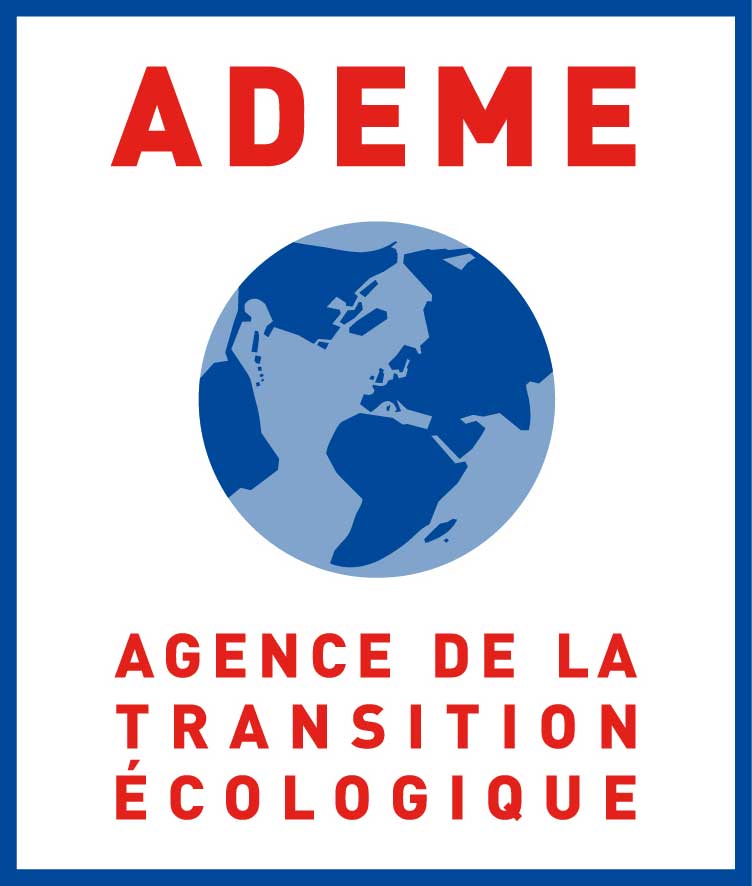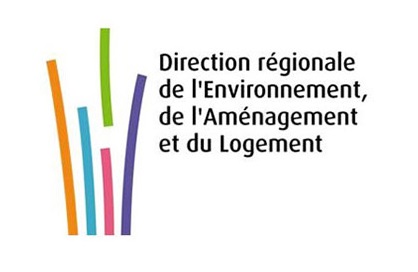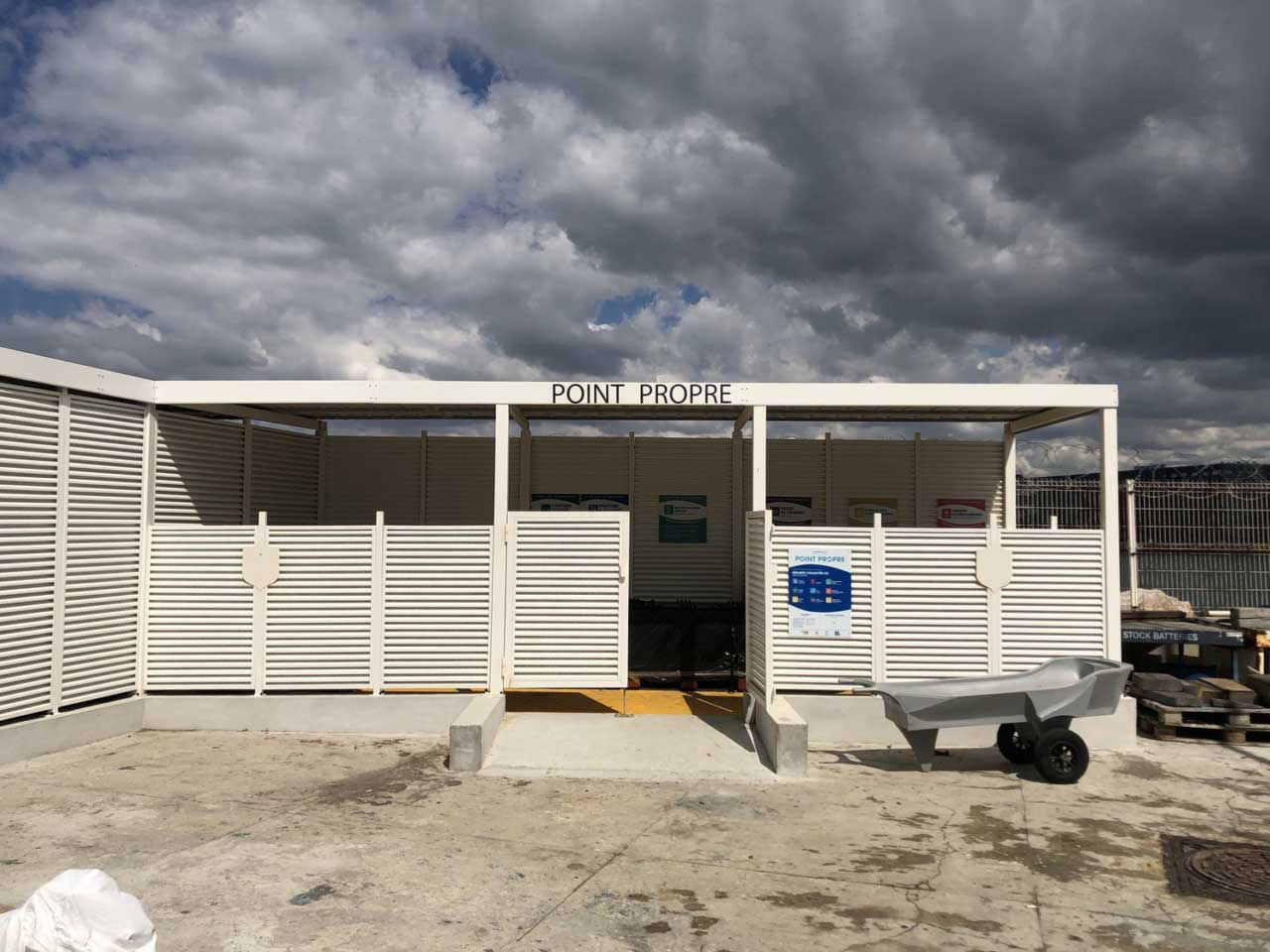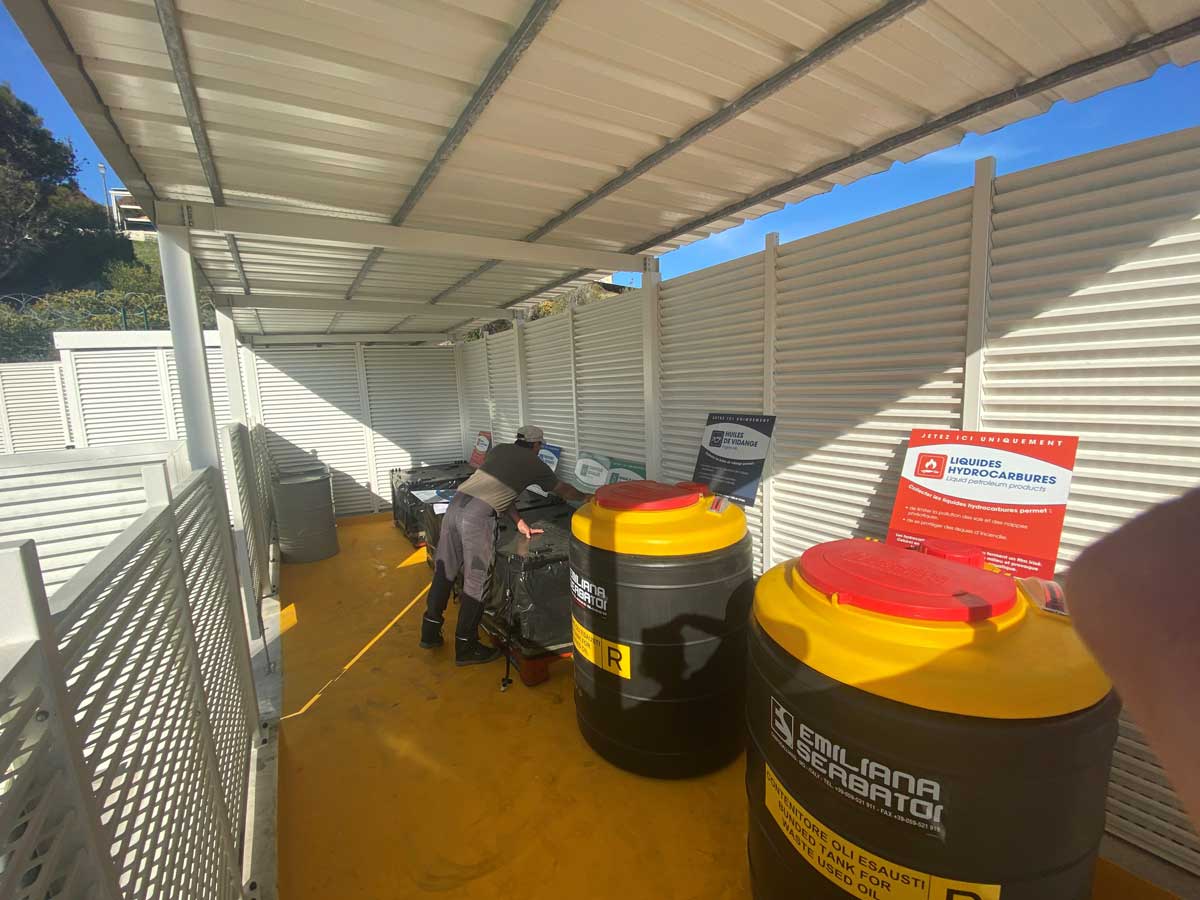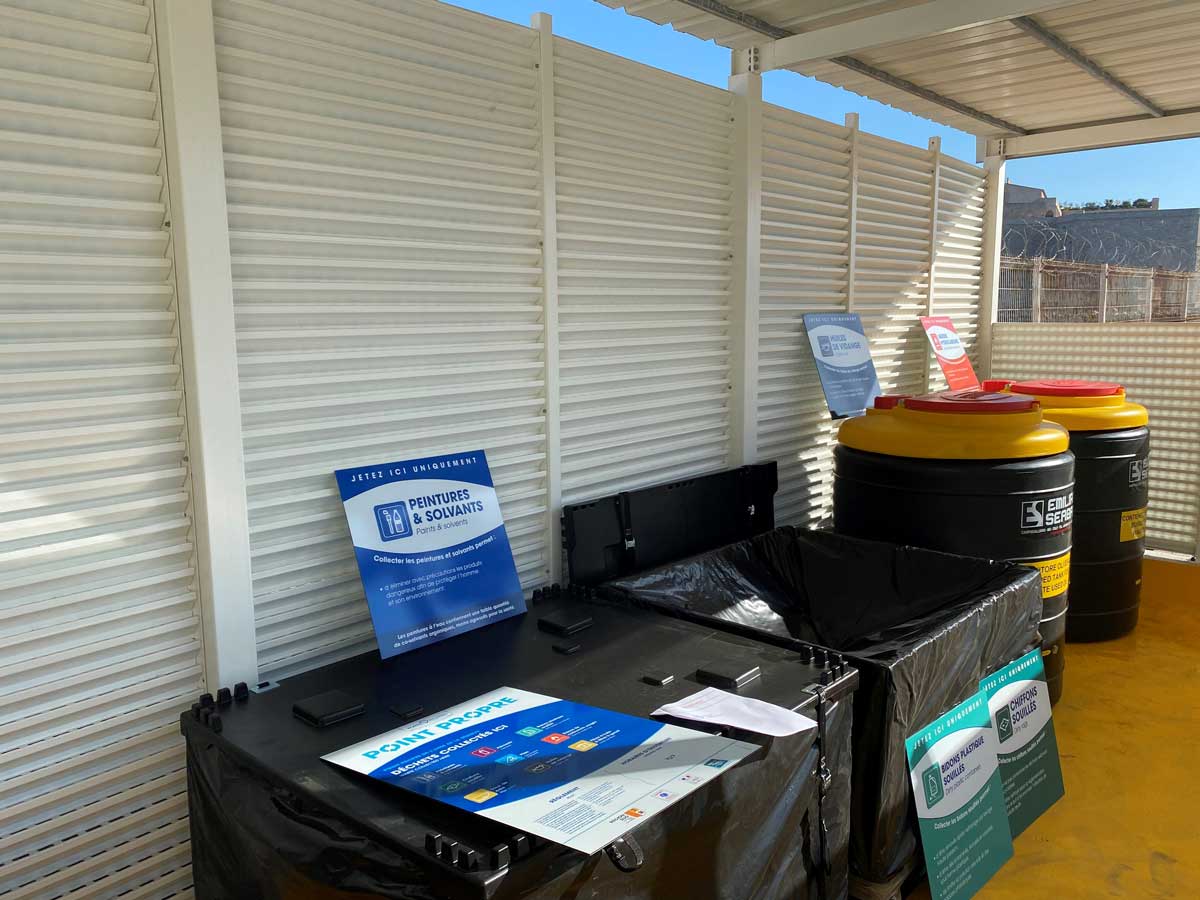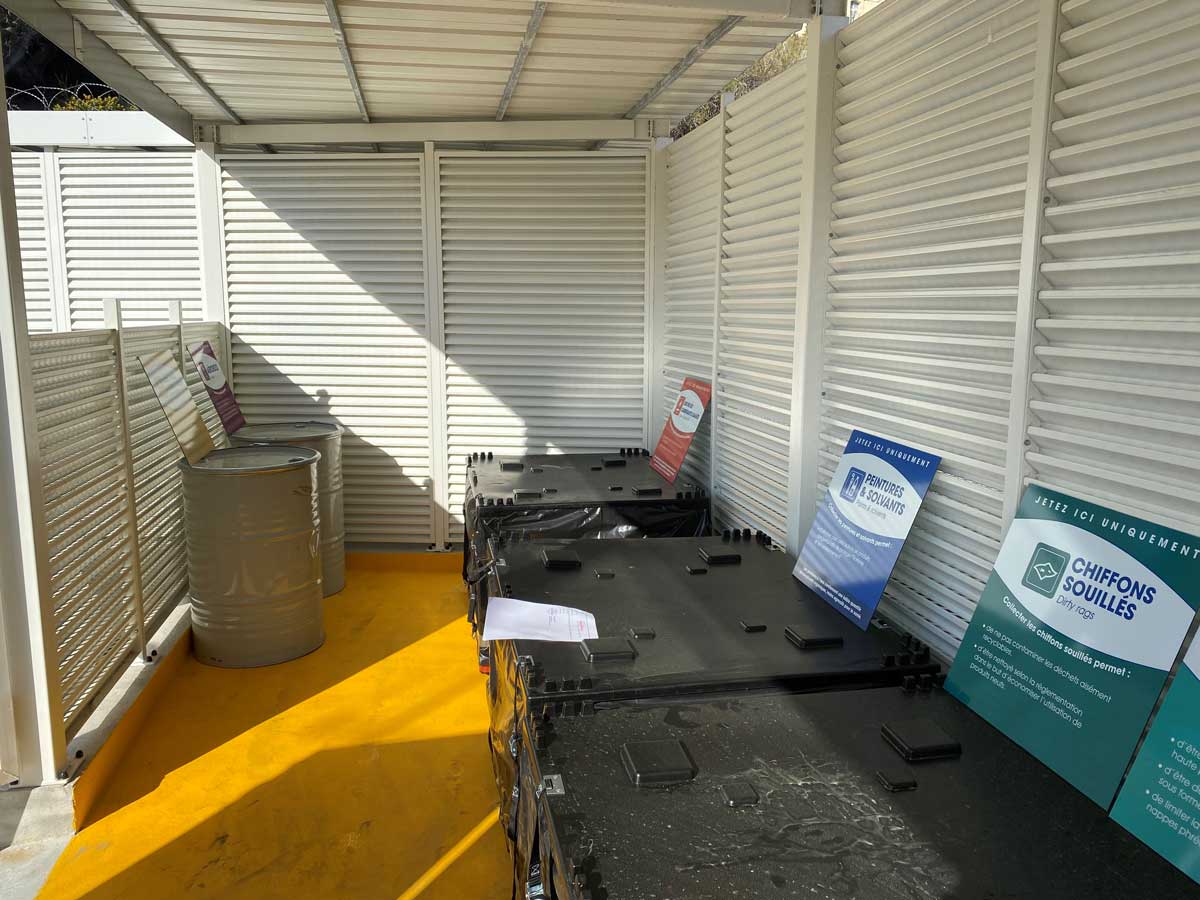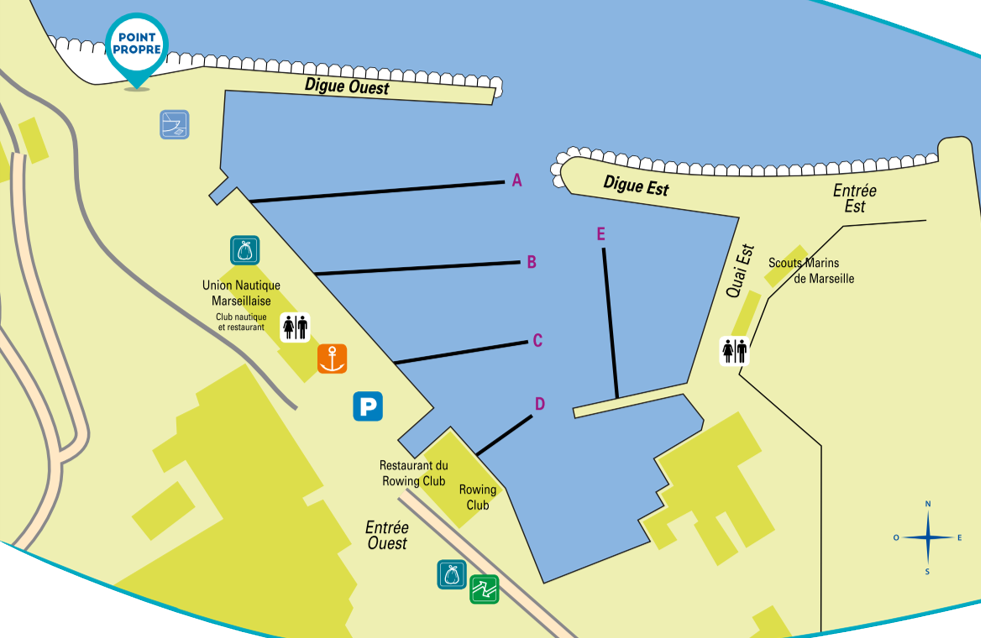Clean Harbors
Clean Harbors is a European certification introduced in 2011, a sign of environmental excellence in terms of environmental management of marinas.
It reflects a strong desire on the part of marina managers to make concrete commitments to fight for the preservation of aquatic environments and the sustainable development of coastal and marine activities.
The 5-step Clean Harbors approach, prior to obtaining certification, is THE solution to ensure an adapted management based on methods and tools that respond to environmental issues. It allows marina managers to control chronic and accidental pollution and toxic waste from port activities, in accordance with the regulations in force. A section is also dedicated to water and energy savings.
In order for their commitments to be recognized, marinas that have gone through the entire Clean Harbors process have their practices checked by an independent third-party organization, such as AFNOR Certification, according to a reference system of 17 criteria established at the European level by the CWA 16987 agreement, European Clean Harbors Certification (Clean Harbors Guidelines): this guarantees total independence of decision and a true objective value of the awarding of the certification.
The Port of Anse de la Réserve has made this process a priority since its change of manager in 2018 and is doing everything possible to complete the 5 steps necessary to obtain certification, in the best conditions.
Thus, the realization of an environmental diagnosis of the port by the independent firm Oteis in 2020 allowed the elaboration of an action plan over 3 years, gathering concrete measures to improve the environmental situation of the port. Among these actions, the implementation of a port waste treatment system, as well as the construction of a clean point allowing a better collection of waste, have already been carried out, and constitute only the premises of a panel of improvements which will lead to a better general management of the port.

